
All categories
Featured selections
Trade Assurance
Buyer Central
Help Center
Get the app
Become a supplier

(111 products available)









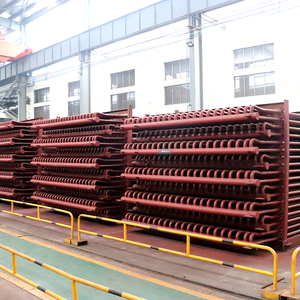










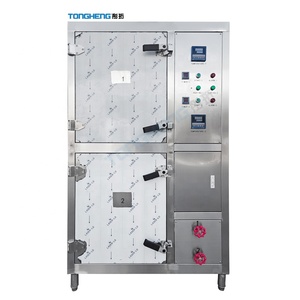








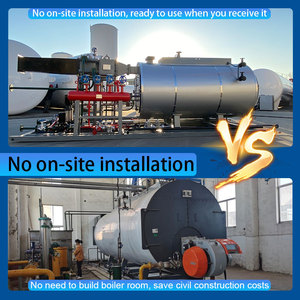





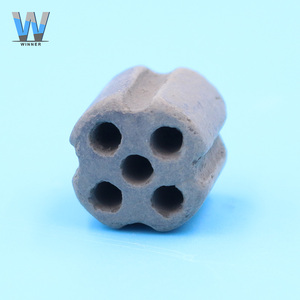


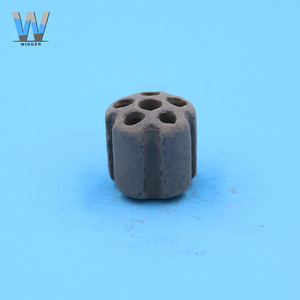

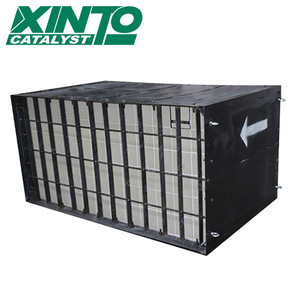




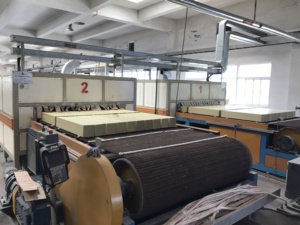

Natural gas steam reforming can be categorized into two main types: primary reforming and secondary reforming. Primary reforming involves a reaction between methane and steam at high temperatures to produce hydrogen gas and carbon monoxide. Nickel-based catalysts are used to facilitate this reaction. The primary reforming process is crucial because it generates the majority of hydrogen gas and carbon monoxide needed for ammonia production.
During the secondary reforming stage, the gases produced in the primary reforming are reacted with air or oxygen at high temperatures to produce syngas (hydrogen gas and carbon monoxide). This process also involves nickel-based catalysts. The syngas is then used to produce ammonia. Primary and secondary reforming are essential steps in the Haber process of ammonia production.
Another type of natural gas steam reforming is autothermal reforming (ATR). This process combines steam and oxygen with methane to produce hydrogen gas and carbon monoxide. Nickel-based catalysts are also used to facilitate the reactions in ATR. Autothermal reforming is similar to secondary reforming; however, it is more efficient because it uses heat generated from combustion to drive the reforming reactions.
In addition to primary and secondary reforming and autothermal reforming, natural gas steam reforming can also be categorized into membrane reforming and catalytic partial reforming. Membrane reforming uses membranes to separate hydrogen gas from other gases during reforming. This method is more efficient because it reduces the amount of hydrogen gas that is wasted during separation. On the other hand, catalytic partial reforming is a low-temperature reforming method that produces syngas. This process is used to produce methanol and other chemicals.
Natural gas steam reforming has various applications across multiple industries. Here are some of the main usage scenarios:
When purchasing natural gas steam reforming units, several key factors must be considered to ensure the selection of high-quality and appropriate equipment that meets the intended application needs. Here are some primary considerations:
Capacity and Scale
Assess the required hydrogen production capacity and the scale of the intended application. Different reformer models offer varying capacities, so choosing a unit that aligns with specific energy needs is essential.
Efficiency and Performance
Look for reformers with high efficiency and performance metrics. This includes evaluating the energy efficiency, hydrogen yield, and overall effectiveness of the reforming process. Higher efficiency translates to lower operational costs and reduced environmental impact.
Feedstock Compatibility
Ensure the reformer is compatible with the intended feedstock, whether natural gas, biogas, or other hydrocarbons. Different feedstocks may require specific processing conditions or catalyst materials.
Emissions and Environmental Compliance
Consider the environmental impact of the reforming process. Look for units with low emissions of CO2 and other pollutants and those that comply with relevant environmental regulations and standards. Some reformers may incorporate carbon capture technology to further reduce emissions.
Technology and Innovation
Research the technology level of the reformer. Advanced technologies, such as membrane-based or autothermal reforming, may offer benefits in terms of efficiency, compactness, and reduced emissions. Innovative features can enhance the reliability and performance of the unit.
Maintenance and Operating Costs
Evaluate the maintenance requirements and operating costs associated with the reformer. Choose a unit that requires minimal maintenance and has a lower total cost of ownership over its operational lifespan.
Modularity and Scalability
If future capacity needs may change, consider a modular or scalable reformer that can be adjusted or expanded easily to accommodate varying production demands.
Safety and Reliability
Prioritize safety features and the reliability record of the reformer. Ensure it incorporates safety mechanisms to prevent hazards and operates consistently under various conditions.
Support and Warranty
Choose a reputable manufacturer or supplier who offers excellent customer support, technical assistance, and a comprehensive warranty on the reformer.
The natural gas steam reforming process is mainly used to produce hydrogen, syngas, and other chemicals. Here are the functions, features, and designs of natural gas steam reforming:
Hydrogen Production
The main function of natural gas steam reforming is to produce hydrogen. Hydrogen is used as a raw material in various chemical processes. It is also used as a fuel cell.
Syngas Production
Another important function of natural gas steam reforming is to produce syngas. Syngas is a mixture of hydrogen and carbon monoxide. It is used as a raw material for producing fuels and chemicals.
Efficiency
Natural gas steam reforming is an efficient process. It has a high conversion rate of natural gas into hydrogen and syngas. The efficiency of the process is improved by using advanced catalysts and technologies.
Flexibility
Natural gas steam reforming is a flexible process. It can be used to produce hydrogen and syngas from various feedstocks. The process can be adapted to use different types of natural gas and biogas.
Low Emissions
Natural gas steam reforming has low emissions. The process produces low levels of carbon dioxide and other greenhouse gases. The emissions of the process are reduced by using advanced technologies and carbon capture.
Modular Design
The natural gas steam reforming process is designed to be modular. The modular design allows for easy transportation and installation. It also makes the process easy to scale up or down to meet production needs.
Advanced Catalysts
The design of natural gas steam reforming uses advanced catalysts. The catalysts improve the efficiency of the process. They also increase the lifespan of the process.
Integrated Carbon Capture
Many designs of natural gas steam reforming incorporate integrated carbon capture technologies. This helps to reduce emissions by capturing and storing carbon dioxide produced during the process.
Q1: What is the difference between natural gas steam reforming and methane pyrolysis?
A1: Natural gas steam reforming and methane pyrolysis are two processes for producing hydrogen. Natural gas steam reforming uses steam and carbon dioxide to convert methane into hydrogen and carbon monoxide, while methane pyrolysis directly converts methane into hydrogen and solid carbon without using steam or carbon dioxide. The hydrogen production processes have different environmental impacts and carbon byproducts.
Q2: What is the purpose of natural gas steam reforming?
A2: Natural gas steam reforming generates syngas (carbon monoxide and hydrogen gas) for various applications. The primary use of syngas is to produce hydrogen fuel for industrial processes, ammonia synthesis, and synthetic fuels. Additionally, syngas can be used to generate electricity or as a feedstock for producing chemicals and plastics.
Q3: What are the challenges associated with natural gas steam reforming?
A3: There are several challenges associated with natural gas steam reforming. First, the process emits carbon dioxide (CO2) as a greenhouse gas byproduct, contributing to climate change. Second, the process requires high temperatures, which can lead to equipment wear and corrosion over time. Third, the process is sensitive to feedstock impurities, which can poison catalysts and reduce efficiency.
Q4: What are the advantages of natural gas steam reforming?
A4: Natural gas steam reforming has several advantages. It is currently the most established and widely used method for producing hydrogen gas and syngas. The process is energy efficient and has a well-understood technology with a mature infrastructure. Additionally, natural gas is abundant and relatively low-cost, making the process economically viable.